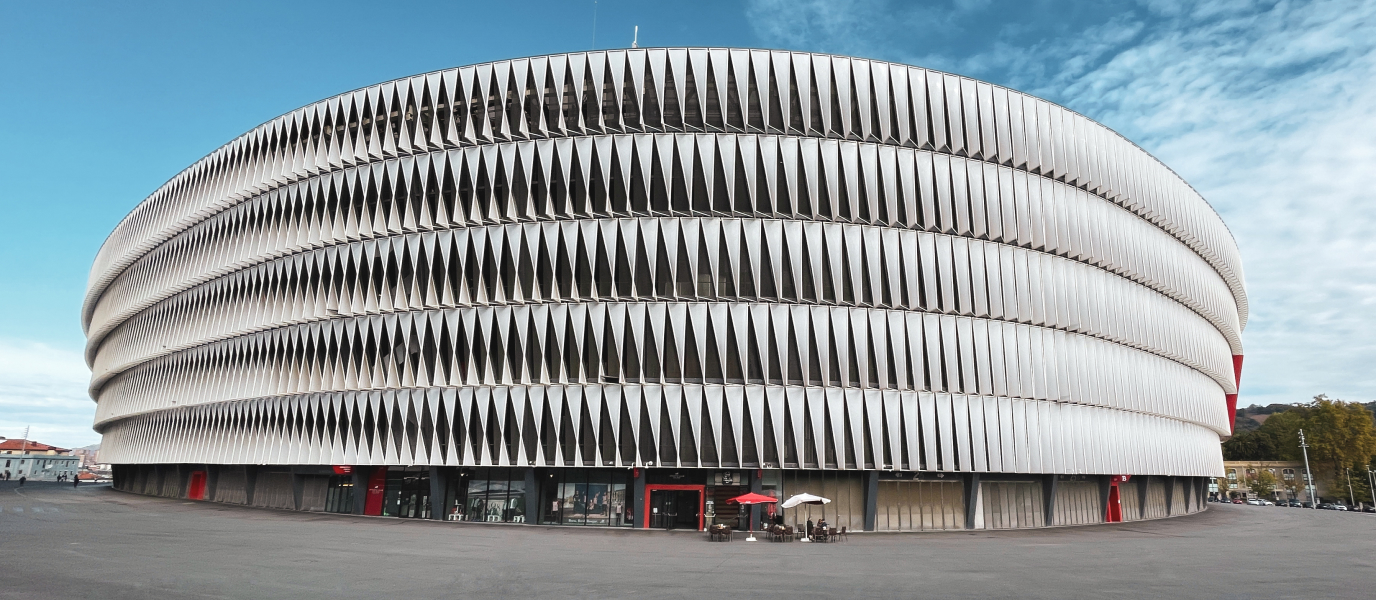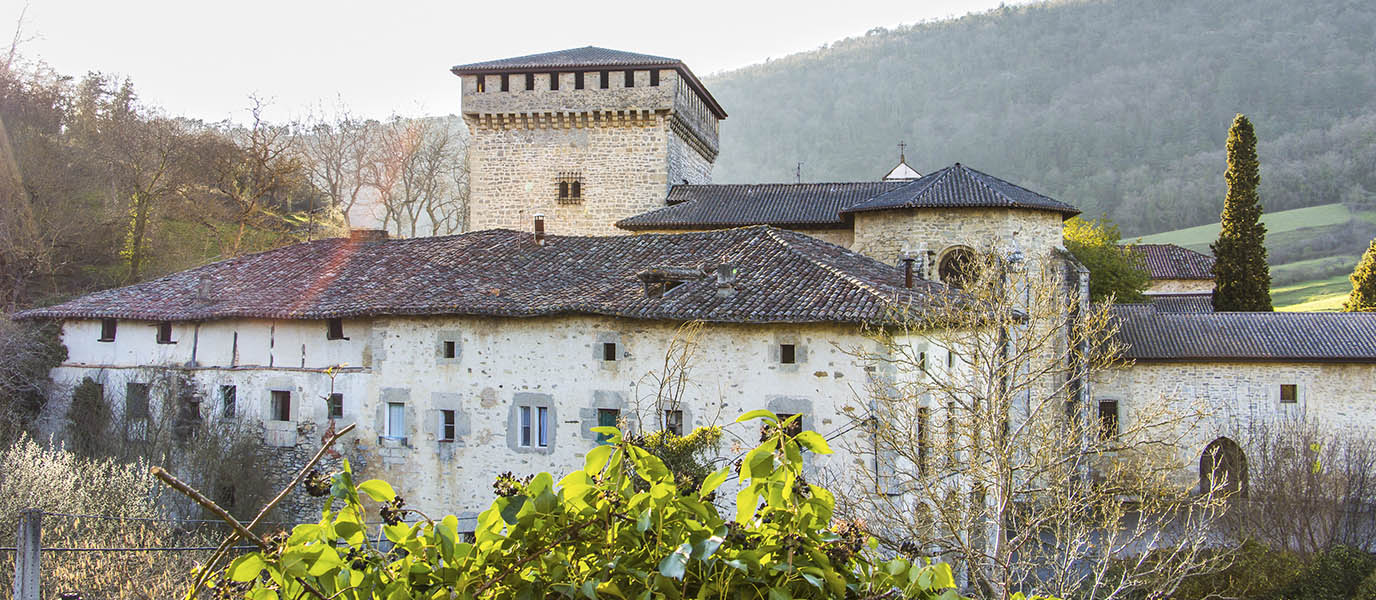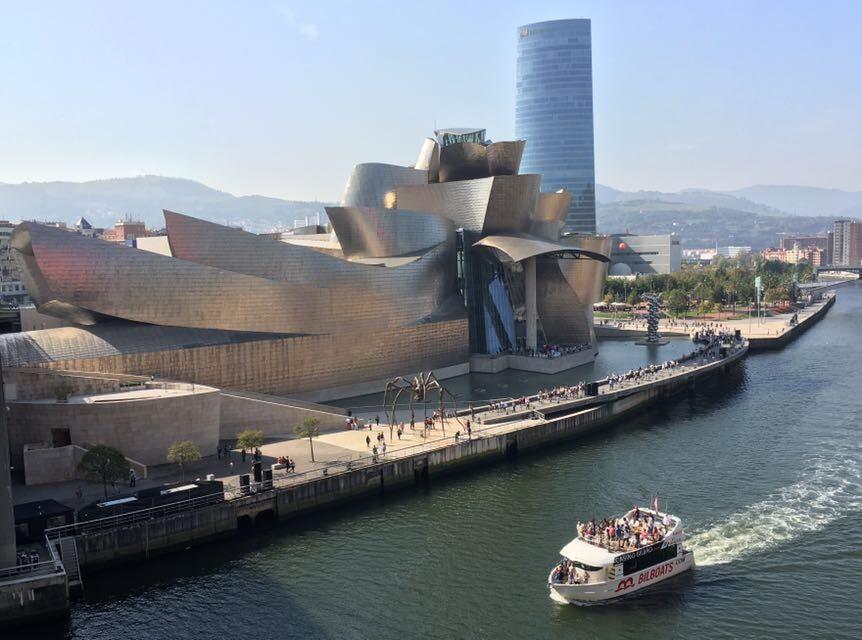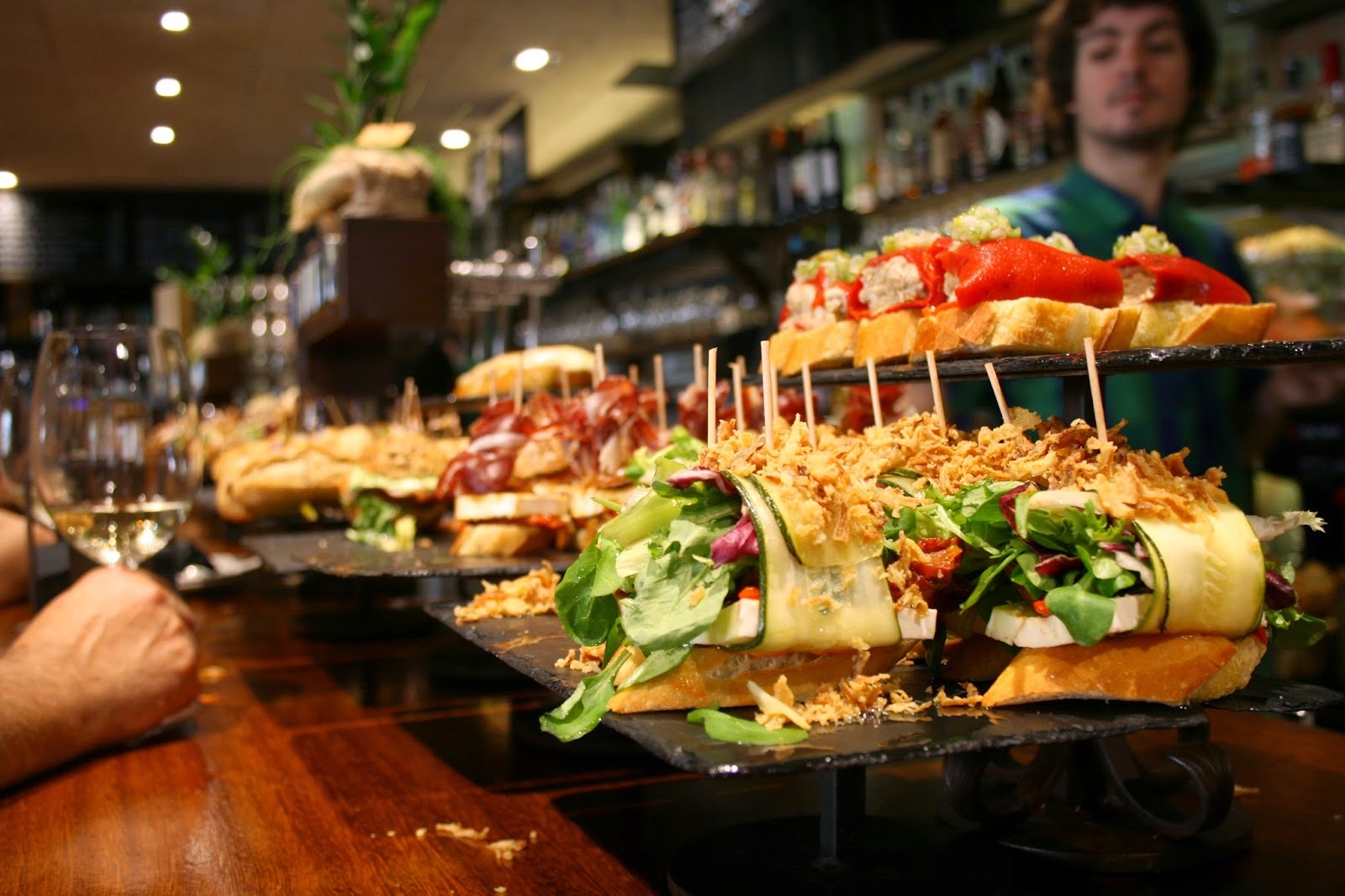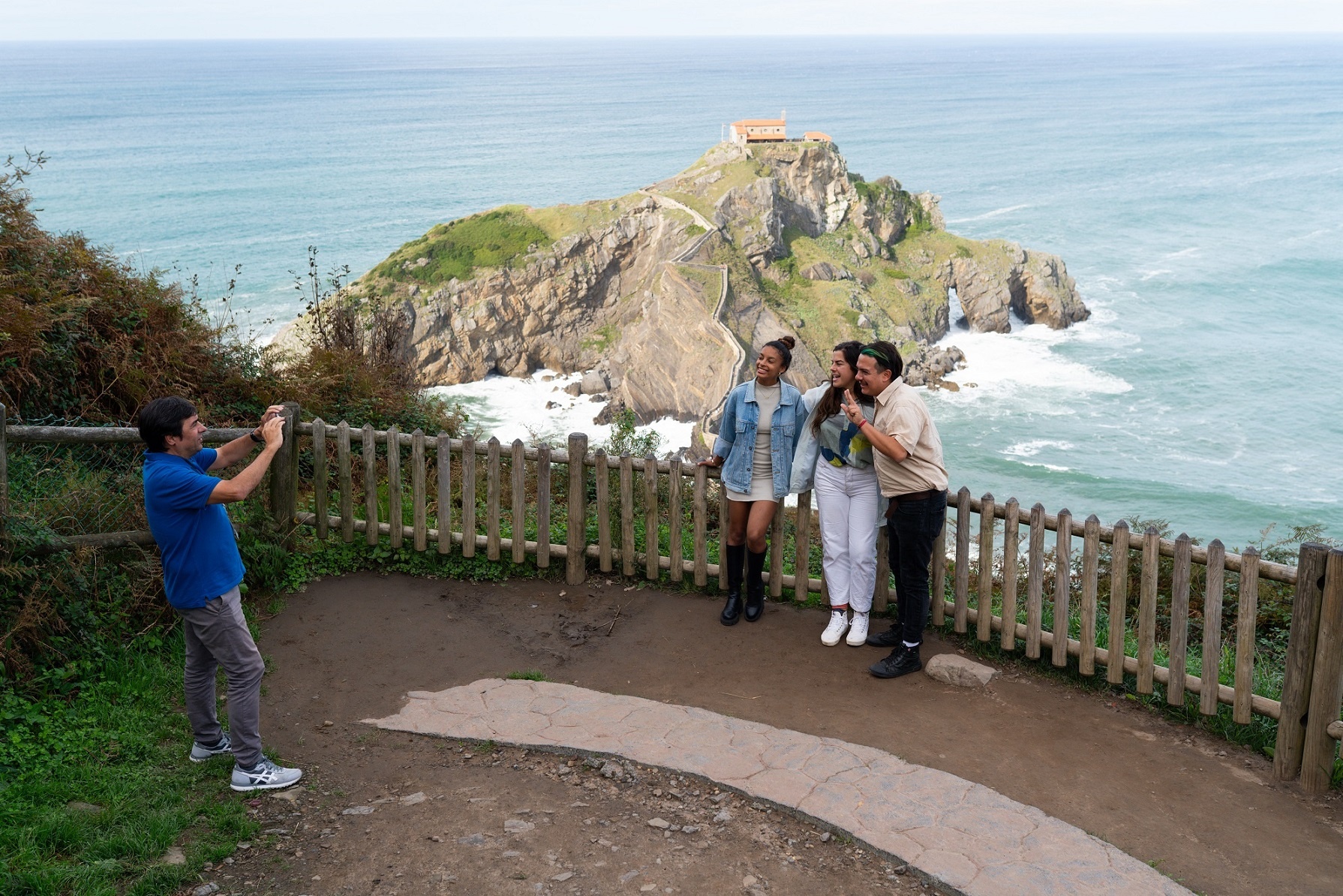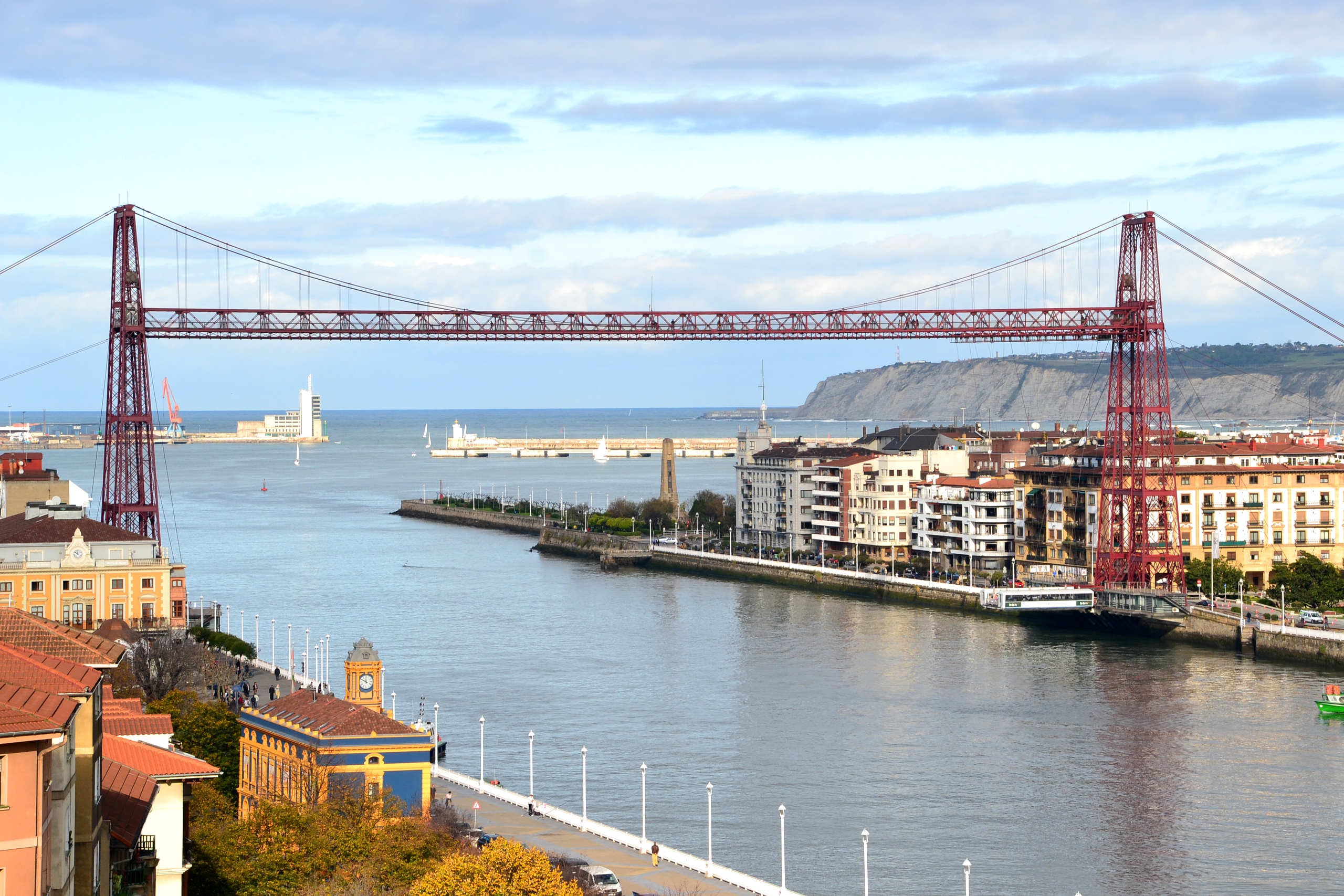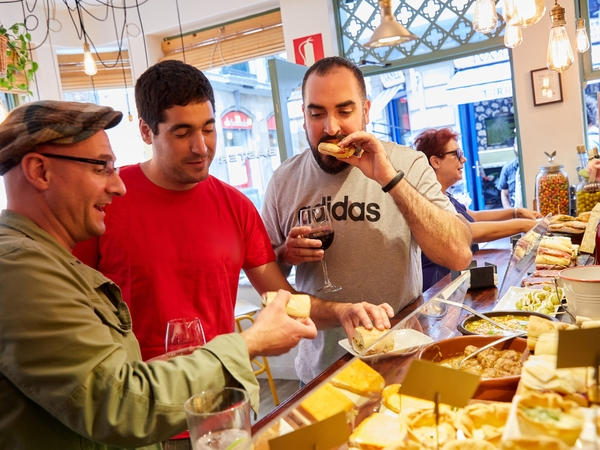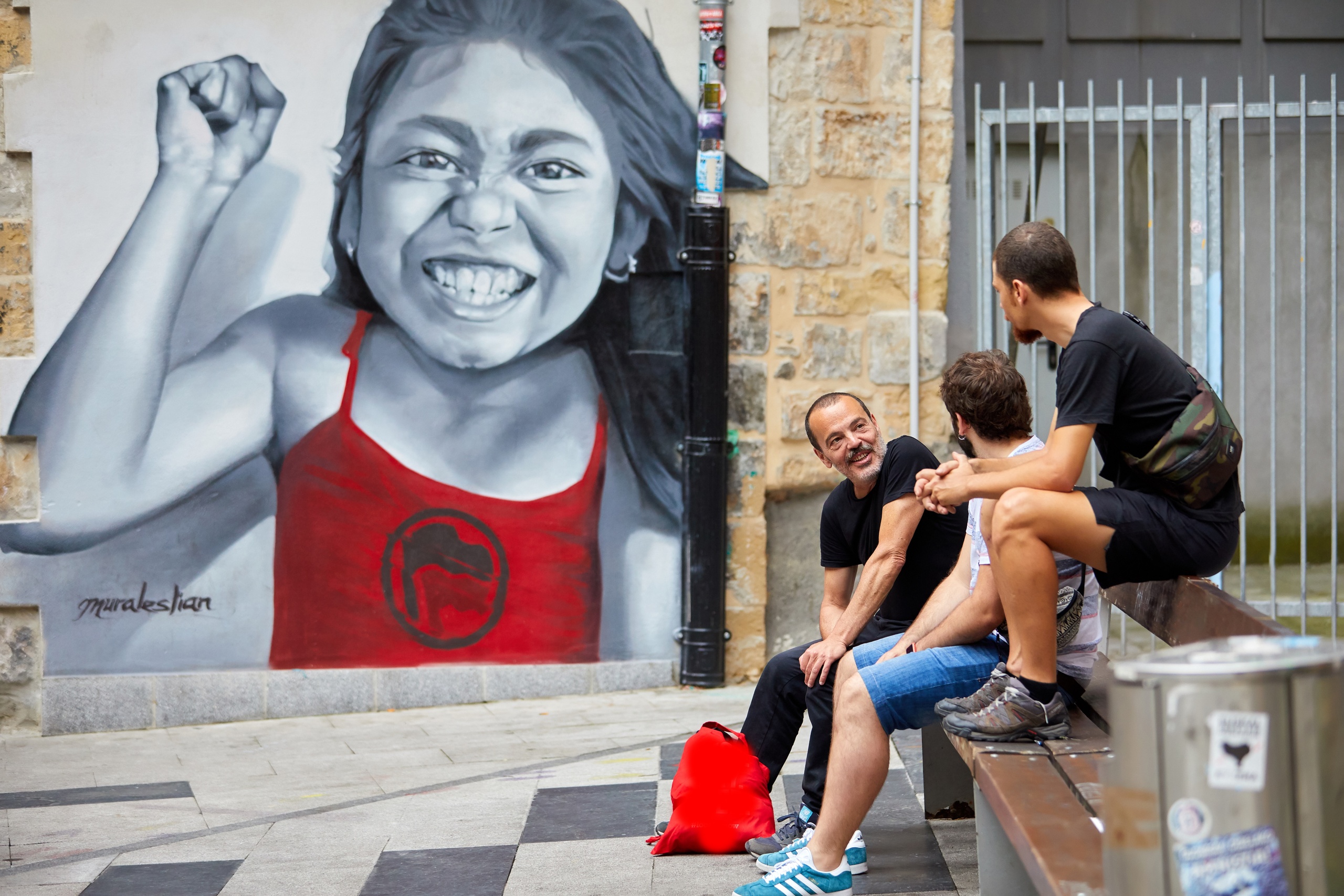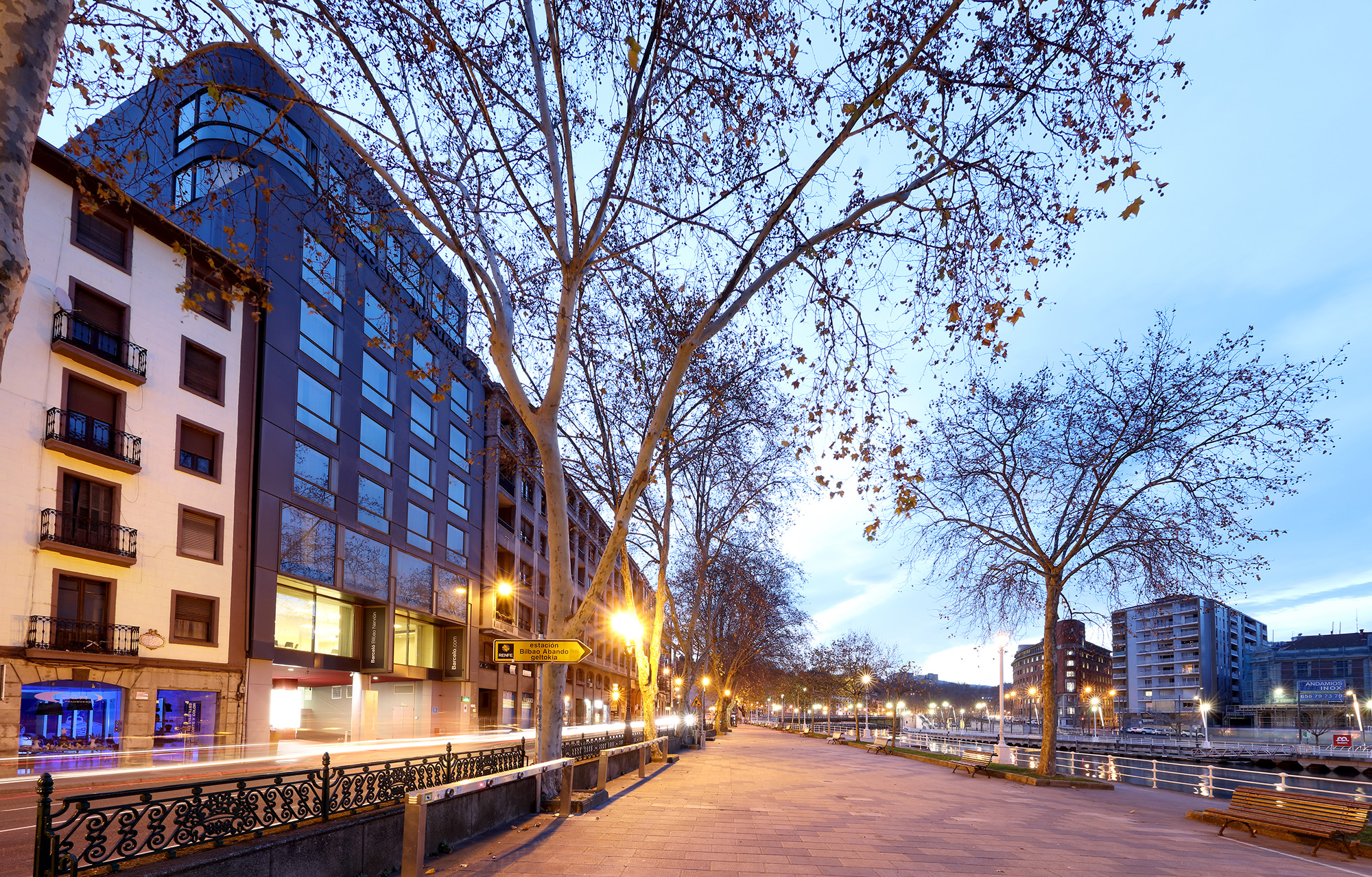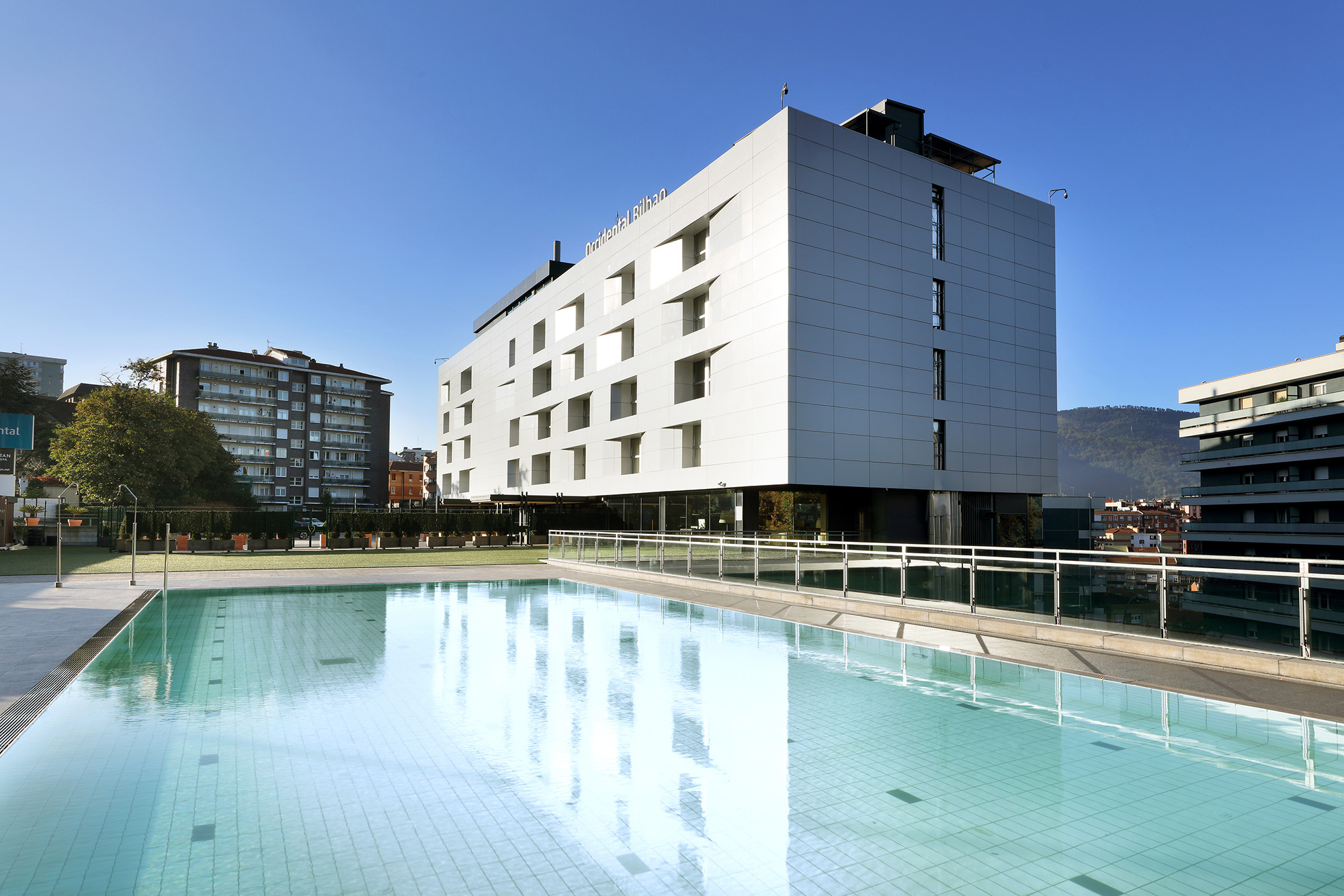The city of Bilbao underwent many changes between the 20th and 21st centuries. Rather than mentioning them all, this article will take a deep dive into the history of the city’s original San Mamés stadium. Instead of focusing on football in general or the red and white stripes of Athletic Club in particular, this piece will hone in on a legendary former stadium that saw explosions of passion and energy on a bi-weekly basis in this Biscay municipality. The new San Mamés, notable for its impressive architecture, opened its doors in 2013, one hundred years after the original stadium was inaugurated on the same plot of land.
San Mamés: a rich history
We can’t talk about San Mamés without mentioning the famous Athletic Club de Bilbao (commonly referred to as ‘Athletic’), who played their first competitive game in 1898. As one might imagine, football pitches in the late 1800s were nothing like the carpet-like surfaces of modern stadia. However, the passion and fervour of the supporters were equally impressive. Despite playing their home matches in the early 20th century in Lamiako (Leioa) and Jolaseta (Getxo)—the latter venue even had a covered stand—Athletic had always dreamed of having their own stadium. Finally, in 1912, the club initiated a project that would culminate in the construction of the future San Mamés. Athletic Club acquired a plot of land next to the San Mamés asylum and prepared a project with an estimated budget of 50,000 pesetas that would bring their dream to life. While this might seem like a small amount, it would have taken a considerable effort back in the day to raise this sum of money. The chapter of the San Mamés stadium started to be written on 10 December 1912, when the project was officially approved in the club’s Extraordinary General Meeting.
The old and new San Mamés: tradition versus modernity
While we may be used to public construction projects running well over time, the old San Mamés stadium was built in just over 7 months. Construction began on 20 January 1913 and was wrapped up by 21 August of the same year. There wasn’t a single empty seat for the opening game at the club’s new home.
Nicknamed ‘La Catedral’ by Athletic supporters, this stadium had an initial capacity for 7,000 fans, 3,000 of whom were seated in the main stand made of wood. Over time, the stadium underwent a series of modifications as it was expanded. The two main modifications took place in 1952: a main grandstand was added, which stood 40 metres above the pitch at its highest point; and above this, a huge white arc was erected. Another significant modification took place three decades later, when Bilbao (and San Mamés) was selected as one of the host cities for the 1982 FIFA World Cup. For this remodelling project, architects Luis Pueyo, Javier Salazar and Imanol Abando brought a certain uniformity to the complex, knocking down some parts of the existing ground and incorporating new ones. This work resulted in an increased capacity of 45,000 spectators. In the second decade of the 21st century, the club took the decision to knock down the stadium and replace it with one that was better suited to the reality of modern football. The final game at La Catedral was held on 26 May 2013, with Athletic running out 1-0 winners against Levante UD.
The new San Mamés
The new San Mamés occupies practically the same plot of land as the original ‘cathedral’. The construction was split into two phases, which meant that Athletic didn’t need to use another team’s home ground during the transition to the new stadium. The new San Mamés has a distinctly 21st-century aesthetic, in keeping with Bilbao’s avant-garde image. This makes it an absolute must-see during any architectural tour of the city. In 2015, the stadium was named the ‘World’s Best Sports Stadium’ at the World Architecture Festival. Two years later, in 2017, it was named ‘Venue of the Year’ at the World Football Summit.
The new San Mamés, which was built by the architectural firm IDOM, spans a total surface area of 114,500 m2. It was completed in 2014 with a total capacity for 53,331 fans. The architects didn’t want the stadium’s exterior to clash with the surrounding buildings, so took this into account as part of the design process. They also sought to maximise the available space within the stadium bowl.
The new San Mamés rises high above the Bilbao estuary, which means that all who walk beside the river are likely to catch a glimpse of its iconic white panels. These elements are made out of EFTE, a type of thermoplastic polymer that can be lit up in any colour. The neutral colours contrast with the striking red of Athletic’s strip, enhancing its internal and external aesthetics. When illuminated at night, the stadium looks truly spectacular. It is the first football stadium to receive the LEED sustainable building certification, which is recognised worldwide.
It should be noted that the stadium’s steep stands also feature EFTE cushions. The steepness of the stands—which the previous San Mamés was also renowned for—gives supporters the sensation of being right on top of the pitch. In fact, the old stadium was described on many occasions as a genuine “pressure cooker”, such was the atmosphere that was generated.
Visiting San Mamés: AC Museum and Tour
San Mamés is much more than a simple football stadium. Besides the football facilities, it also boasts various meeting rooms, recreational spaces, cafeterias, two restaurants (San Mamés Jatetxea and La Campa de Los Ingleses), an official club store and a museum. There is even a multi-sports facility beneath the stands.
The Athletic Club Museum is conceived to allow fans and visitors to enjoy learning about the club’s rich history. Spanning 1,400 m2, this interactive museum covers the 100-plus years of Athletic Club de Bilbao, showcasing more than 1,000 artefacts and pieces of memorabilia and screening more than 900 videos from the club’s official archives.
This excitement is only enhanced when you visit the stadium proper, where you’ll be able to visit the home dressing room, walk down the tunnel, stand pitch-side, sit in the dug-out, take a selfie with the bust of “Pichichi” and visit the media room and mixed zone. You’ll also be able to admire the views from the VIP seats. It really is a dream come true for football fans!



































































